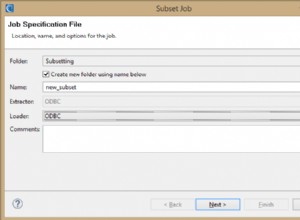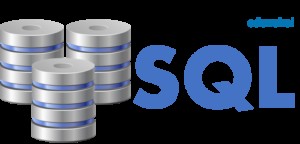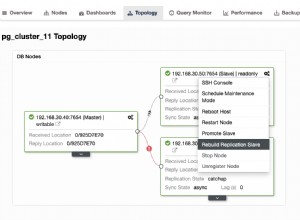Sì, puoi farlo.
Materiali necessari:
- Server Web
- Un database archiviato nel server web
- E un po' di conoscenza Android :)
- Servizi Web (json ,Xml...ecc) qualunque cosa tu abbia dimestichezza con
1. Per prima cosa imposta le autorizzazioni Internet nel tuo file manifest
<uses-permission android:name="android.permission.INTERNET" />
2. Crea una classe per creare una richiesta HTTP dal server (sto usando json parsng per ottenere i valori)
ad esempio:
public class JSONfunctions {
public static JSONObject getJSONfromURL(String url) {
InputStream is = null;
String result = "";
JSONObject jArray = null;
// Download JSON data from URL
try {
HttpClient httpclient = new DefaultHttpClient();
HttpPost httppost = new HttpPost(url);
HttpResponse response = httpclient.execute(httppost);
HttpEntity entity = response.getEntity();
is = entity.getContent();
} catch (Exception e) {
Log.e("log_tag", "Error in http connection " + e.toString());
}
// Convert response to string
try {
BufferedReader reader = new BufferedReader(new InputStreamReader(
is, "iso-8859-1"), 8);
StringBuilder sb = new StringBuilder();
String line = null;
while ((line = reader.readLine()) != null) {
sb.append(line + "\n");
}
is.close();
result = sb.toString();
} catch (Exception e) {
Log.e("log_tag", "Error converting result " + e.toString());
}
try {
jArray = new JSONObject(result);
} catch (JSONException e) {
Log.e("log_tag", "Error parsing data " + e.toString());
}
return jArray;
}
}
3. Nella tua MainActivity Crea un oggetto della classe JsonFunctions e passa l'URL come argomento da cui vuoi ottenere i dati
es:
JSONObject jsonobject;
jsonobject = JSONfunctions.getJSONfromURL("http://YOUR_DATABASE_URL");
4. E poi finalmente leggi i jsontags e memorizza i valori in un arraylist e poi mostralo in listview se vuoi
e se hai qualche problema puoi seguire questo blog che fornisce eccellenti tutorial per Android AndroidHive
Poiché la risposta sopra che ho scritto era molto tempo fa e ora HttpClient , HttpPost ,HttpEntity sono stati rimossi in Api 23. Puoi utilizzare il codice seguente in build.gradle(livello app) per continuare a utilizzare org.apache.http nel tuo progetto.
android {
useLibrary 'org.apache.http.legacy'
signingConfigs {}
buildTypes {}
}
oppure puoi usare HttpURLConnection come di seguito per ottenere la tua risposta dal server
public String getJSON(String url, int timeout) {
HttpURLConnection c = null;
try {
URL u = new URL(url);
c = (HttpURLConnection) u.openConnection();
c.setRequestMethod("GET");
c.setRequestProperty("Content-length", "0");
c.setUseCaches(false);
c.setAllowUserInteraction(false);
c.setConnectTimeout(timeout);
c.setReadTimeout(timeout);
c.connect();
int status = c.getResponseCode();
switch (status) {
case 200:
case 201:
BufferedReader br = new BufferedReader(new InputStreamReader(c.getInputStream()));
StringBuilder sb = new StringBuilder();
String line;
while ((line = br.readLine()) != null) {
sb.append(line+"\n");
}
br.close();
return sb.toString();
}
} catch (MalformedURLException ex) {
Logger.getLogger(getClass().getName()).log(Level.SEVERE, null, ex);
} catch (IOException ex) {
Logger.getLogger(getClass().getName()).log(Level.SEVERE, null, ex);
} finally {
if (c != null) {
try {
c.disconnect();
} catch (Exception ex) {
Logger.getLogger(getClass().getName()).log(Level.SEVERE, null, ex);
}
}
}
return null;
}
oppure puoi utilizzare librerie di terze parti come Volley , Retrofit per chiamare l'API del servizio web e ottenere la risposta e successivamente analizzarla utilizzando FasterXML-jackson , google-gson .




